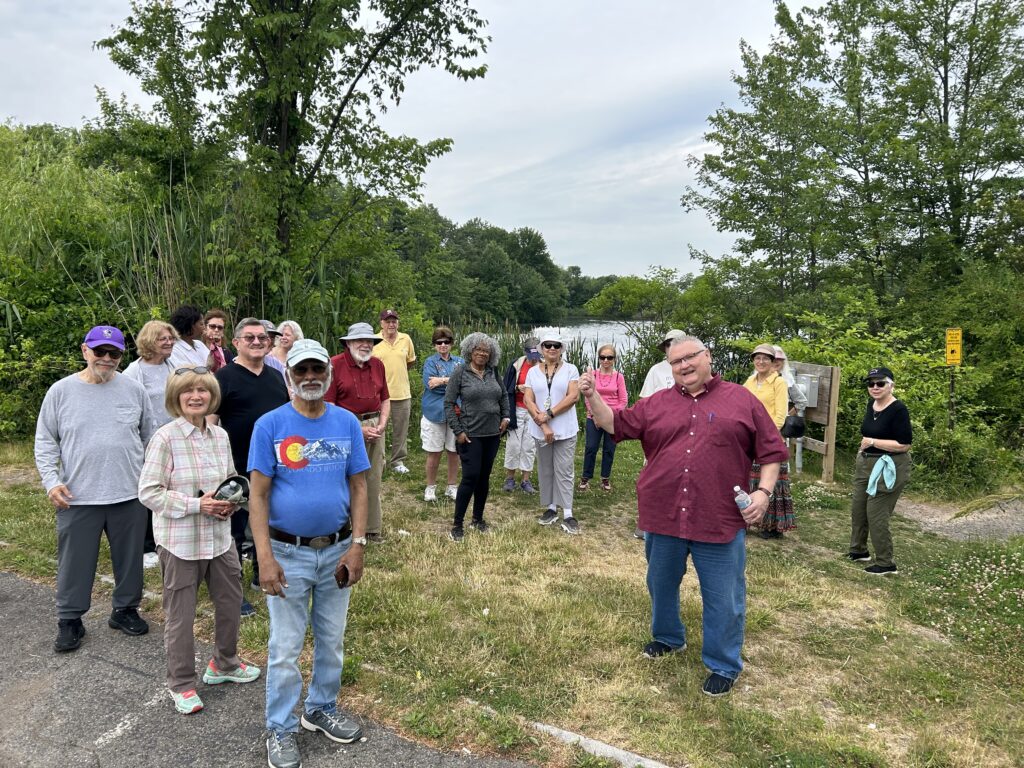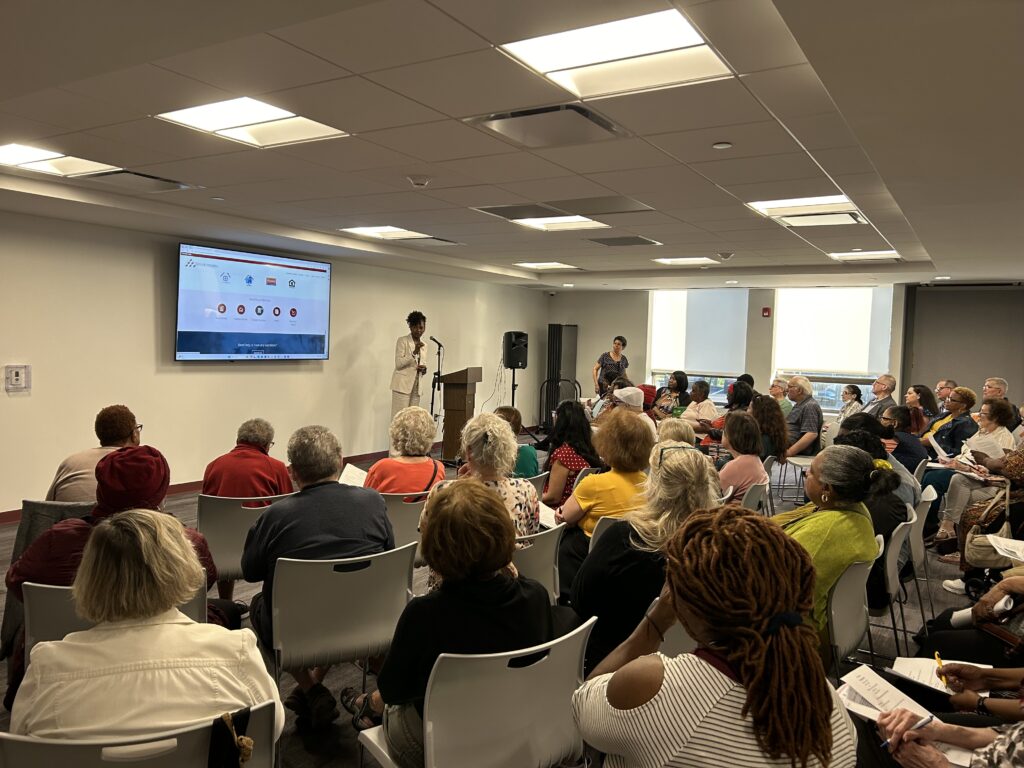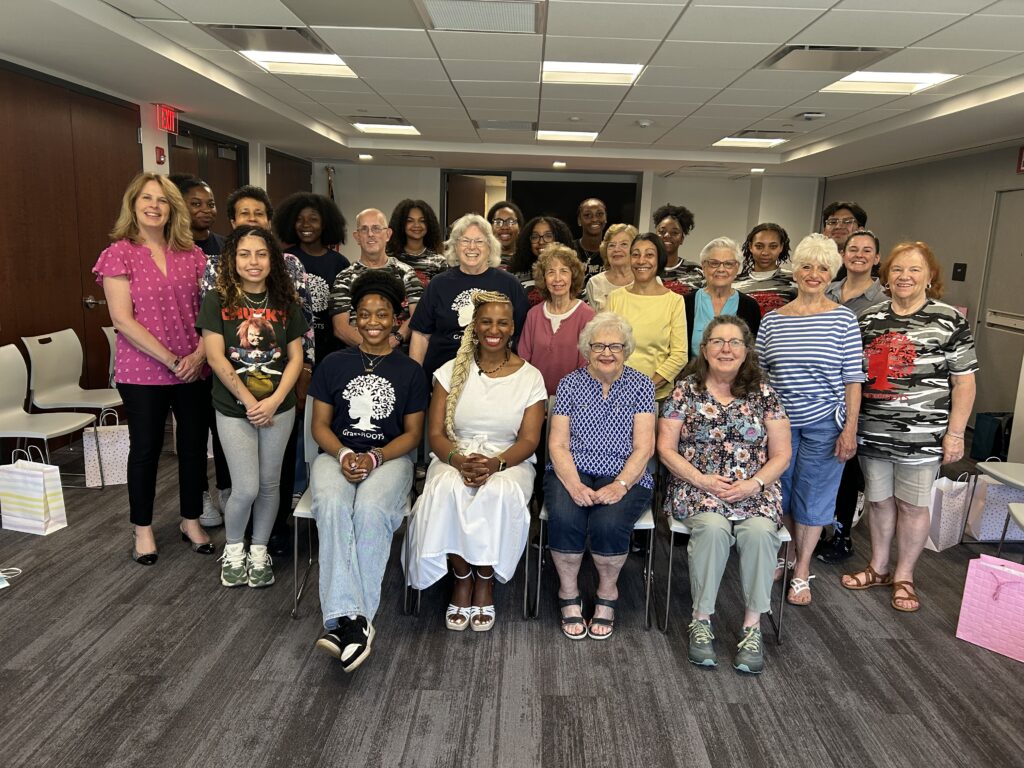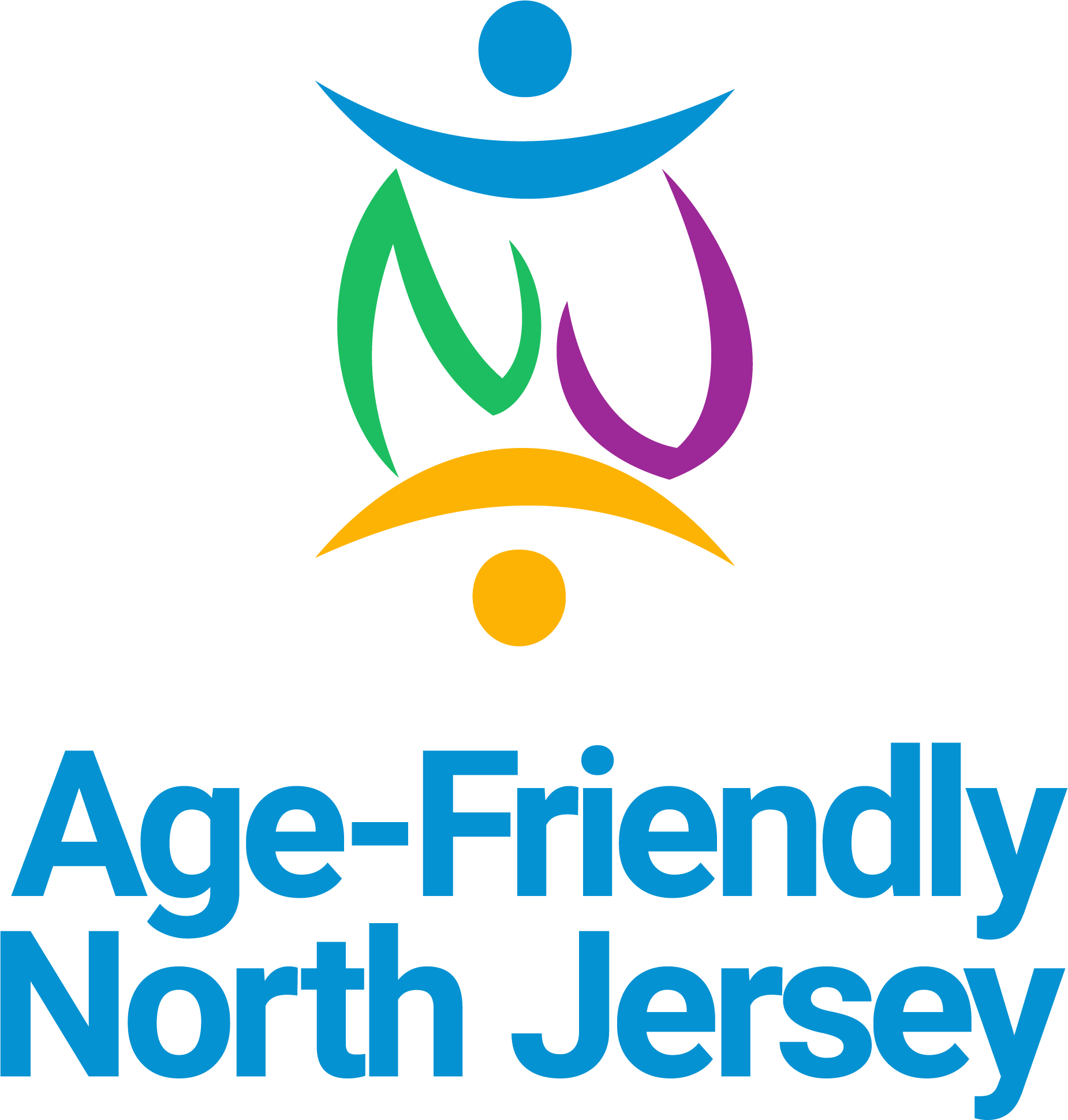The cornerstone of age-friendly community work is coordination – getting the government, civic, business, health and social service agencies that impact older residents’ lives to function in harmony with one another.
The leaders of Aging Well West Orange had their coordination skills tested not long after the age-friendly community initiative in this township of 48,000 people was launched.
“We were still in the early months of getting our initiative up and running when the pandemic happened,” said Laura Van Dyke, director of West Orange’s Department of Senior Services. “That became the primary focus for the next 14 months.”
Rather than stalling or slowing West Orange’s age-friendly organizing efforts, Van Dyke believes the crisis helped solidify them.
West Orange’s leaders immediately began coordinating with officials in neighboring communities and a seven-town regional coalition was born. In COVID times, the multi-town effort centered on urgent needs, such assisting vulnerable residents with acquiring everything from food deliveries to masks to vaccine appointments.
Five years later, West Orange’s leaders still meet quarterly with their counterparts in six neighboring communities to brainstorm ways to share resources and collaborate on activities, such as a successful series of Walk My Way events that bring older adults in that region together to explore parks and outdoor spaces. older adults in that region together to explore parks and outdoor spaces.

Coordination within municipal government also has been enhanced since the founding of Aging Well West Orange, an initiative that began to take root after the community was awarded a Partners for Health Foundation grant in 2017 to form a “senior livability initiative.”
The town hired its first “senior livability coordinator” in 2019 and completed the initial steps to join the AARP Network of Age-Friendly States and Communities the following year.
Olive Ross, who currently serves in the part-time senior livability coordinator position, said her primary focus is to ensure that all municipal agencies– not just the senior services department – are involved in age-friendly planning and strategizing.
“I see myself as sort of in a communications and marketing role,” Ross said. “My mission is to make sure that everyone is aware of the principles of age-friendly work and that we’re focused on the 8 domains of livability.”
Enhancing communication and information has been a primary goal, especially because that was a need identified by older residents who responded to the initial community survey conducted when the Township was beginning its age-friendly work.
West Orange just released a new Older Adult Resource Guide and is working to make improvements to its monthly calendar of events to ensure residents are aware of public meetings, community events and other happenings in town.
Aging Well West Orange also hosted a housing information forum attended by more than 100 people last May, as part of what is intended to be a series of events to increase residents’ knowledge of available resources. Planning for another forum – this one about transportation and outdoor spaces – is in the works.

Many of the age-friendly achievements in West Orange are a result of improved coordination among the municipal government and community partners. Van Dyke and Ross cite as an example a now 3-year-old program called Gen Lit, An Intergenerational Reading Exchange, a partnership between Aging Well West Orange, the local library and school district and an organization called GrassROOTS Community Foundation.
The West Orange high school students and older adults who participated were asked to read a children’s book with a meaningful message and then engage in a conversation connecting that message to societal issues of today. Past events have led to lively discussions about current events such as the recent TikTok ban, Ross said.

The community’s age-friendly achievements and future goals are outlined in the five-year action plan submitted to the AARP in June 2024. The document subtitled “Where Do We Go from Here” outlines the ways in which all municipal agencies and the initiative’s “community collaborators” are working together on age-friendly goals.
Van Dyke and Ross credit much of the community’s success to the fact that it has embedded its age-friendly work into municipal government and created a designated staff position to shepherd the effort.
This aims to ensure that age-friendly principles and practices are considered as part of every new infrastructure or policy decision – before a decision is made.
“The goal is to really be brought into those conversations early,” Van Dyke said. “That’s a huge advantage that’s helped us make some tremendous strides in communication and coordination.”

